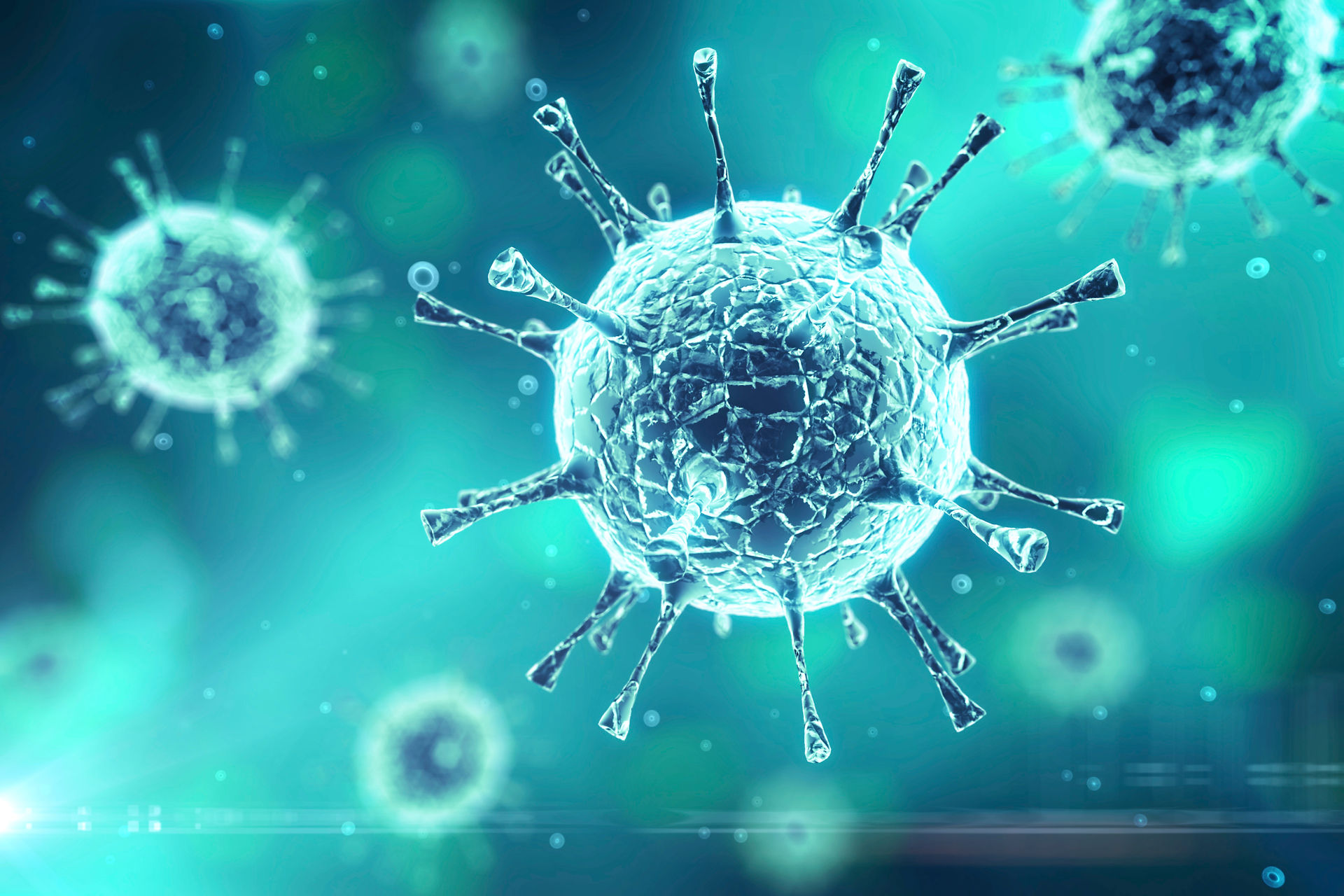
BioBrick standard biological parts are DNA sequences of defined structure and function; they share a common interface and are designed to be integrated into living cells such as E. coli to construct new biological systems. BioBrick parts are meant to introduce the engineering principles of abstraction and standardization into the field of synthetic biology. The are used because they are standardized and easy to assemble and reassemble,using simple molecular biology techniques. Different biobrick parts include promoters, coding sequences, ribosomal binding sites, inverters, plasmid backbones, and terminator sequences.
By combining these with other BioBricks, bacteria could be programmed to do useful things, such as indicate whether drinking water is safe by turning red if they sense a toxin. E. chromi won the Grand Prize at the 2009 International Genetically Engineered Machine Competition (iGEM). Designers Alexandra Daisy Ginsberg and James King worked with the team to explore the potential of this new technology, while it was being developed in the lab. They hope that the technology behind E.Chromi could lead to new ways for it to be used in future practical settings. These scenarios include food additives, patenting issues, personalised medicine, terrorism and new types of weather.
The Synthetic Biology Open Language (SBOL) can be used to represent genetic designs through a standardized vocabulary of schematic glyphs (SBOL Visual) as well as a standardized digital format (the SBOL data model). The Synthetic Biology Open Language Visual (SBOL Visual) is an open-source system of graphic notation that uses a legend of diagrammatic “glyphs” (symbols) to specify genetic parts, devices, modules, and systems within the field of synthetic biology.The SBOL data model consists of four classes that describe the composition of a synthetic gene “circuit”: DNA Component, DNA Sequence, Sequence Annotation, and Collection. Essentially, SBOL is a way to implement a common scientific key for researchers to communicate their findings in the field of synthetic biology (4.25).
Synthetic biological circuits are an application of synthetic biology where biological parts inside a cell are designed to perform logical functions mimicking those observed in electronic circuits.The first natural gene circuit studied in detail was the lac operon. Mostly found in prokaryotic bacteria, an operon regulates the process of the building of a protein by turning genes on or off, depending on if they are needed. It is a cluster of genes under the control of a single section of DNA. In E. Coli bacteria, the lac operon turns on the building of enzymes necessary to break down lactose when there is an absence of glucose, which is the preferred energy source (4.9).
BioBricks and Biological Parts
BioBricks
There are three levels of BioBrick parts: parts, devices and systems. Parts are the foundational blocks and encode basic biological functions (such as coding for a certain protein, or providing a promoter to let RNA polymerase bind and initiate transcription of downstream sequences). Devices are groups of parts that implement some human-defined function (such as a riboregulator producing a fluorescent protein whenever the environment contains a certain chemical). Systems perform high-level tasks (such as oscillating between two colors at a predefined frequency).
BioBricks can be used for various applications; for example, they can be used to transform bacteria into machines for sensing and digesting pollutants. One tool measures arsenic levels in water -- you add the bacteria to a bottle wait overnight and in the case that the bottle turns color, a farmer or water specialist is informed that there is a problem. This replaces the need for expensive laboratory tests. As of 10,000 of these BioBricks have been standardized.
BioBricks can be found in the open access Registry of Standard Biological Parts which was developed by researchers from MIT, Harvard and UCSF. In the registry, one can find information and characterization data on all the different parts, as well as catalogue which describes functions, performance, and design of each part. Each biobrick comes with a unique identification code to make searching for these parts easier. Most of the parts in the BioBricks registry are submitted by undergraduate students working on iGEM projects. It is important to keep in mind that a lot of parts lack some of the characterization data, because the development of Biobricks is relatively new (4.4, 4.5, 4.6, 4.7).
BioBricks Arsenic Detection

(P4.17)

(P4.18)

(P4.20)

(P4.17)
The Lac Operon in E.Coli

(P4.20)

(P4.21)

(P4.20)
E.Chromi and iGEM
E. chromi is yet another application in the innovative field of synthetic biology. It is a collaboration between designers and scientists, mixing areas of engineering and biology to produce one beneficial application. In 2009, seven Cambridge University undergraduates worked on a project to genetically engineer bacteria to secrete a variety of colored pigments that are visible to the human eye. They designed a series of Biobricks, which are standardized strands of DNA, and inserted them into E. coli bacteria. Each BioBrick part used contains genes selected from existing organisms originating from a variety of the living kingdoms, which enables the bacteria to produce a color: red, yellow, green, blue, brown or purple.
Synthetic Biology Open Language

(P4.14)

(P4.15)

(P4.16)

(P4.14)
Watch Daisy Ginsberg and her team explain the story behind E.Chromi
(V4.4)

(P4.11)

(P4.12)

(P4.13)

(P4.11)
E. chromi is a technology that has been designed at both the genetic and the human scale, setting a precedent for future collaborations between designers and scientists (4.10).
This video about BioBricks was part of the MOOC iGEM High School, who competes in the annual iGEM Synthetic Biology contest at MIT
(V4.5)
Click to run this simulation of the Lac Operon!

(P4.22)